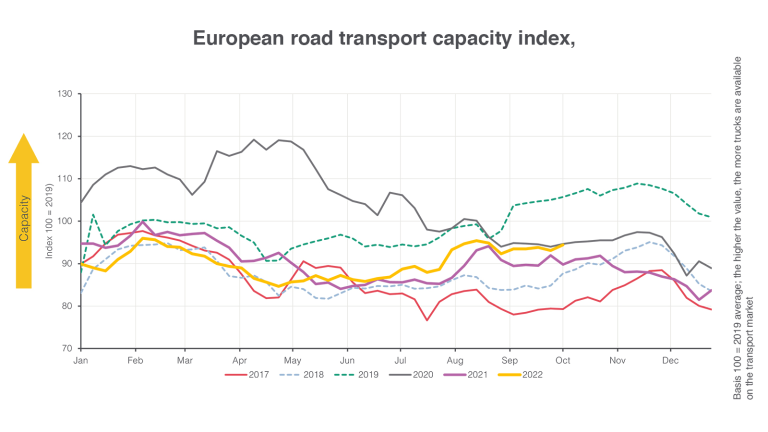By Lena von Fritschen, Director Market Intelligence, Transporeon
As market forces start to favor shippers again, now is the time to secure capacity for the new year.
For the last few years, we have been operating in a seller-controlled global shipping environment. The Covid-19 pandemic had far-reaching implications, from border closures to container imbalances, and the combination of driver shortages and increasing consumer demand meant it was more expensive than ever to ship goods around the world.
In response, many shippers and freight forwarders postponed running tenders, opting instead for short-term solutions and individual strategies in an effort to keep costs low and avoid unwelcome surprises due to high market volatility.
Now, however, a stuttering world economy is suppressing demand around the world, turning the tide on transport rates and capacity, so there is evidence that this trend is more than just a temporary blip.
In other words: Shippers are regaining some of the leverage they lost, and so now is the time to rethink long-term tendering strategies.







